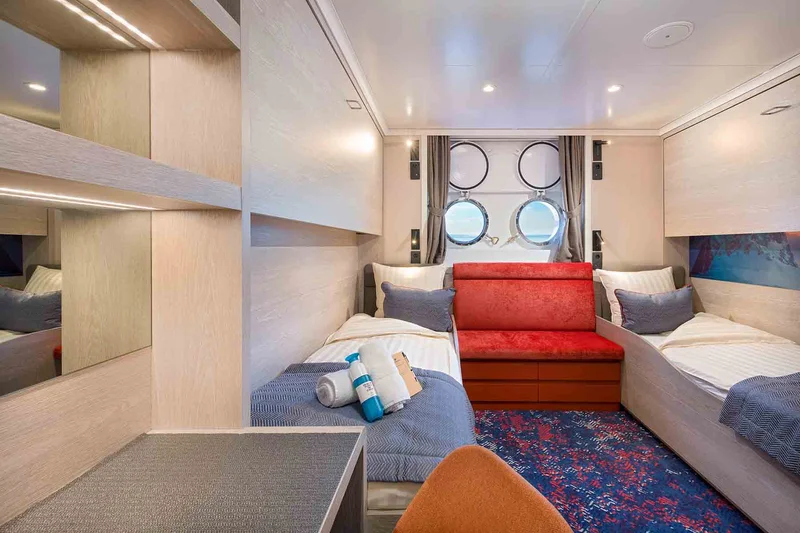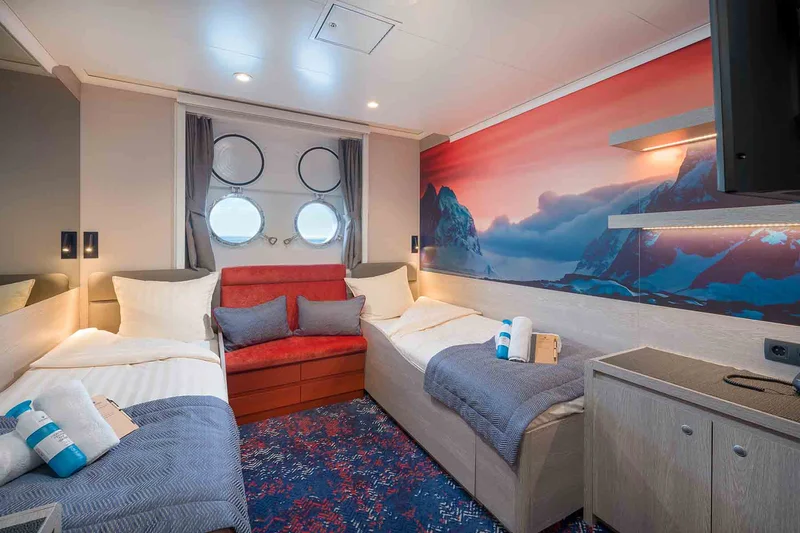Hondius | Cruise Ship Antarctica

Overview
The Hondius is a Polar Class 6 passenger vessel, making it one of the most structurally fortified and technologically advanced polar cruise ships on the seas. It is equipped with the latest sustainable technology and stabilizers, making it highly suitable for swift, safe, and nimble exploration of Arctic and Antarctic waters.
The Hondius offers comfortable accommodation for 170 passengers in a variety of cabin types. It also has a deck dedicated to multilanguage lectures and presentations, as well as a powerful fleet of Zodiac boats for swift and safe transit from ship to shore.
The Hondius is staffed by 70 crew and staff members, including expedition and hotel staff, who are all dedicated to providing passengers with an unforgettable polar expedition experience.
The Hondius is a state-of-the-art polar expedition ship that offers comfortable accommodation, a variety of activities, and a team of experienced crew and staff. It is the perfect choice for passengers who want to explore the polar regions in style and safety.
Gallery

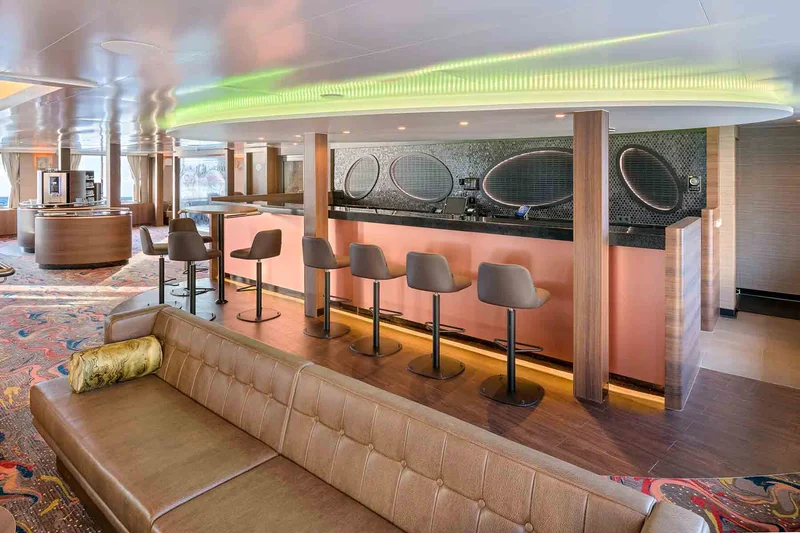
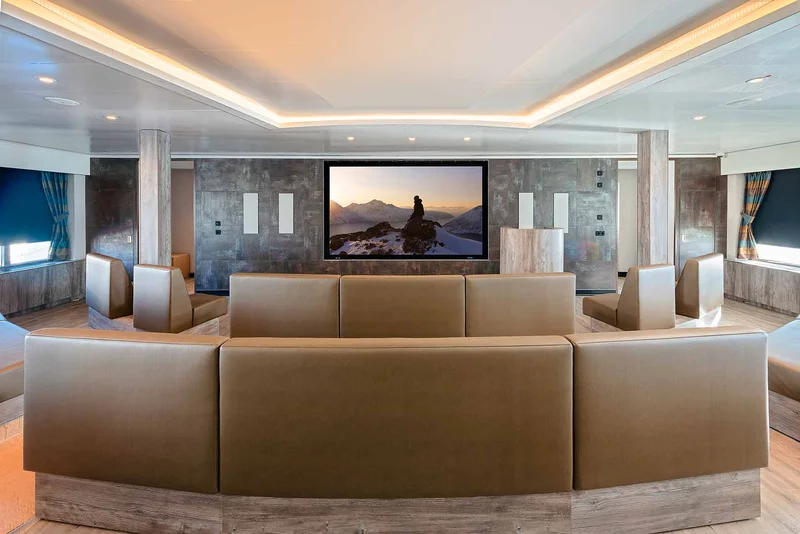

Cabins
Technical Specifications
- Passengers: 170 in 80 cabins
- Staff & crew: Crew 57 | Guides 13 | Doctor 1
- Length: 107.6 meters
- Breadth: 17.6 meters
- Draft: 5.30 meters
- Ice class: Polar Class 6 (equivalent 1A-Super)
- Displacement: 5,590 tonnes
- Propulsion: 2 x ABC main engines; total 4,200 kW
- Speed: 15 knots

Itineraries
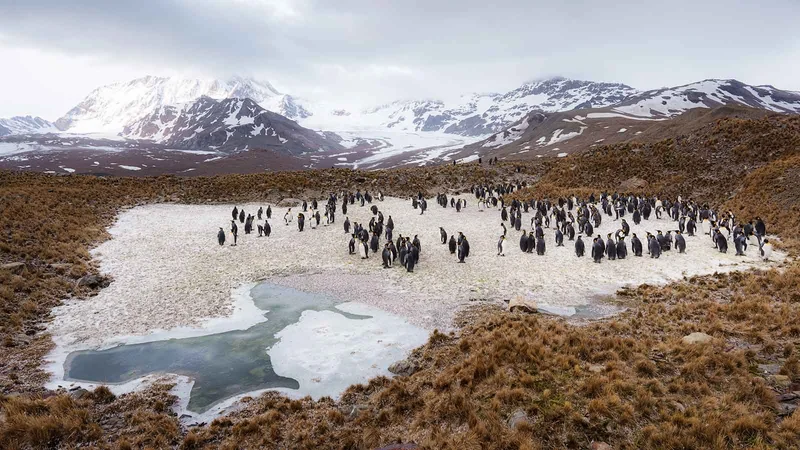
- Day 1 : Northward bound
- Day 2 : Sea life on the move
- Day 3 : Sights of the Granite City
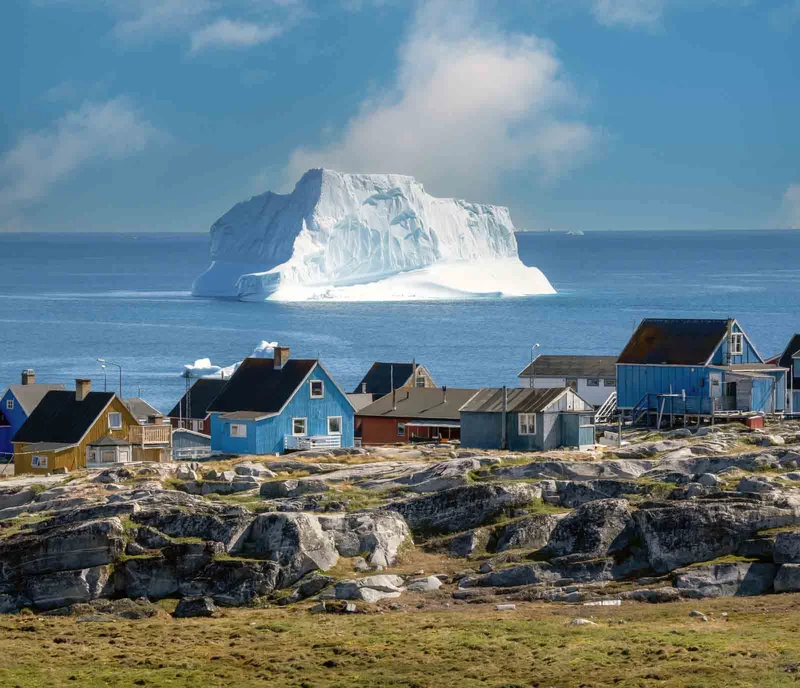
- Day 1 : Sights of the Granite City
- Day 2 : Birds, seals, and world-famous knits
- Day 3 – 4 : Jan Mayen marine life

- Day 1 : Largest town, biggest island
- Day 2-7 : North Spitsbergen’s natural beauty, wildlife, and pack-ice
- Day 8 : There and back again
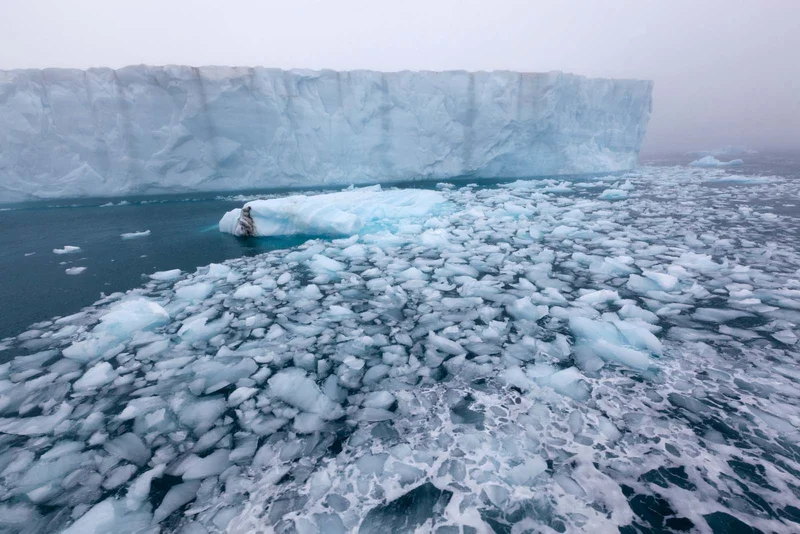
- Day 1 : Largest town, biggest island
- Day 2-7 : North Spitsbergen’s natural beauty, wildlife, and pack-ice
- Day 8 : There and back again

- Day 1 : Largest town, biggest island
- Day 2 - 9 : Clockwise circumnavigation of West Spitsbergen
- Day 10 : There and back again

- Day 1 : Largest town, biggest island
- Day 2 - 9 : Clockwise circumnavigation of West Spitsbergen
- Day 10 : There and back again
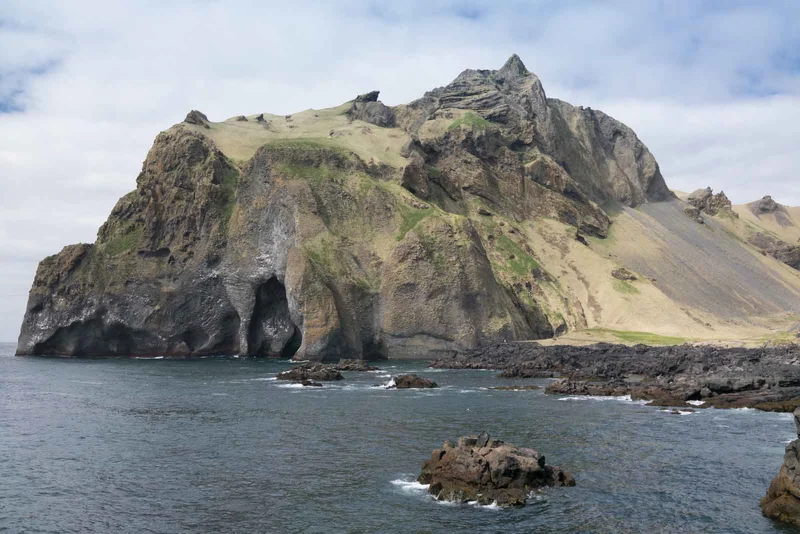
- Day 1 : Largest town, biggest island
- Day 2 : Route to Raudfjorden
- Day 3 – 4 : Onward to east Greenland

- Day 1 : On the Iceland road
- Day 2 : Sailing to east Greenland
- Day 3 : Arriving at Earth’s largest fjord

- Day 1 : End of the world, start of a journey
- Day 2 - 3 : Path of the polar explorers
- Day 4 - 7 : Enter the Antarctic
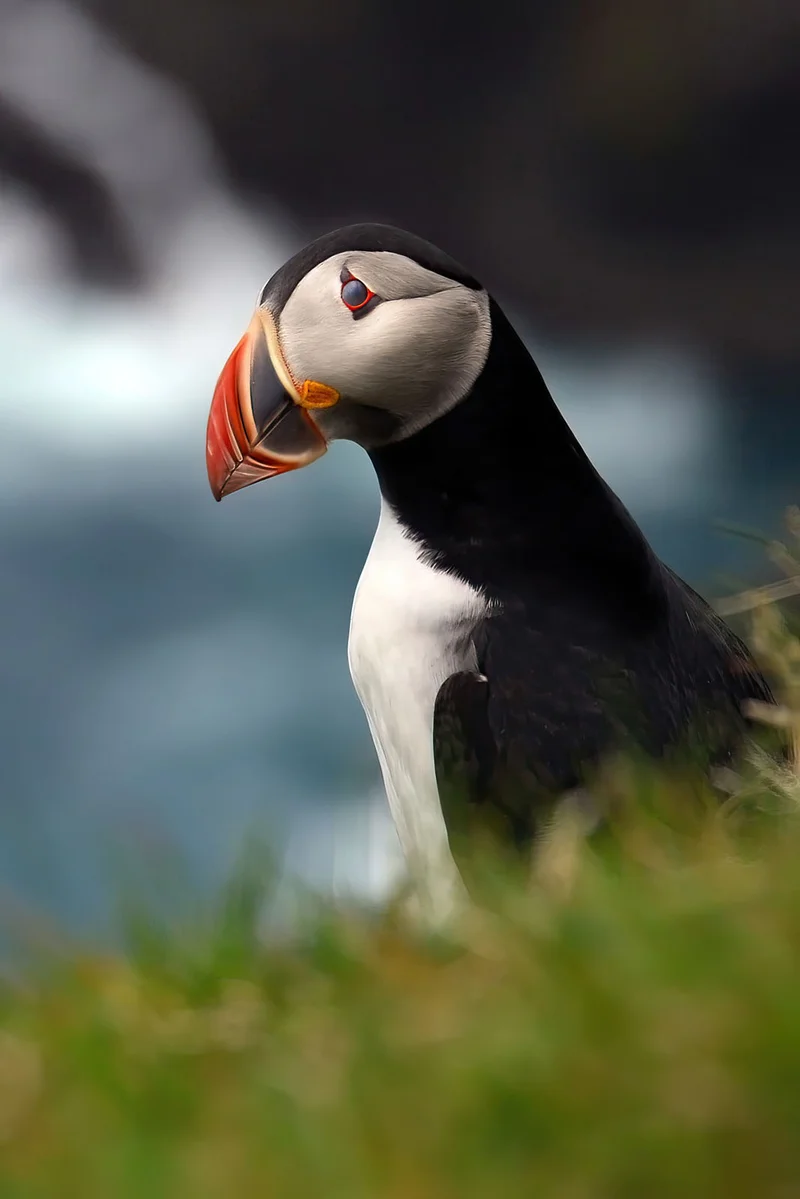
- Day 1 : End of the world, start of a journey
- Day 2 - 3 : Path of the polar explorers
- Day 4 - 10 : Entering Antarctica
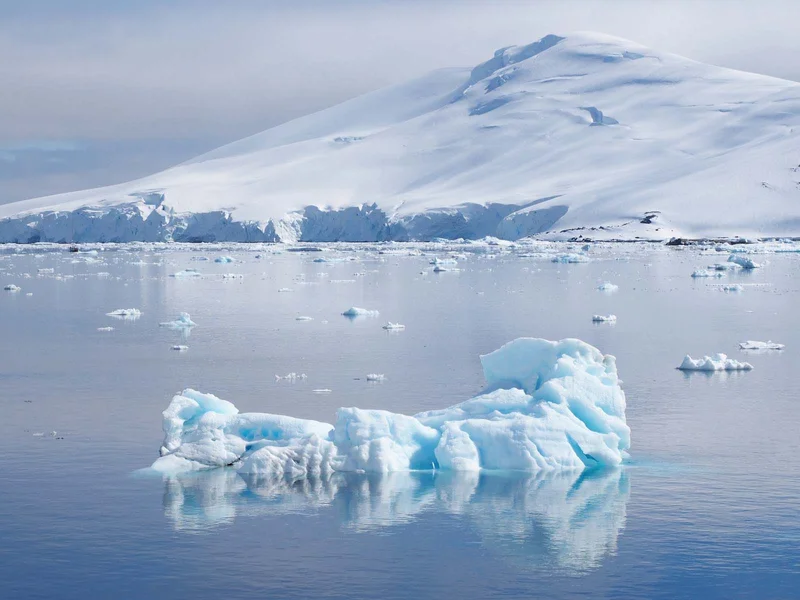
- Day 1 : End of the world, start of a journey
- Day 2 : The winged life of the westerlies
- Day 3 : Finding the Falklands

- Day 1 : End of the world, start of a journey
- Day 2 : The winged life of the westerlies
- Day 3 : Finding the Falklands

- Day 1 : End of the world, start of a journey
- Day 2 – 3 : Path of the polar explorers
- Day 4 – 8 : Entering Antarctica
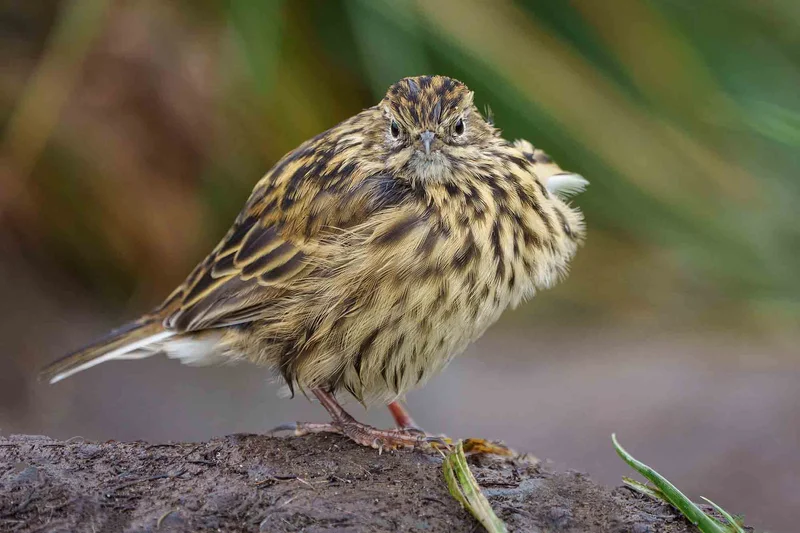
- Day 1 : End of the world, start of a journey
- Day 2 - 3 : Path of the polar explorers
- Day 4 - 9 : Sights of late summer Antarctica

- Day 1 : The start of an Arctic adventure
- Day 2 - 7 : Ice caps and volcanoes
- Day 8 : Journey ends in Akureyri
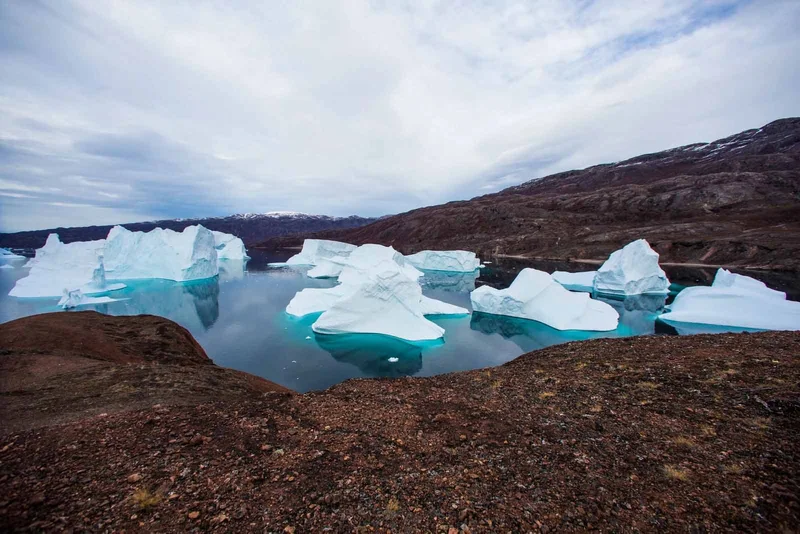
- Day 1 : The start of an adventure
- Day 2 - 8 : At the Arctic Circle
- Day 9 : Journey's end in Longyearbyen
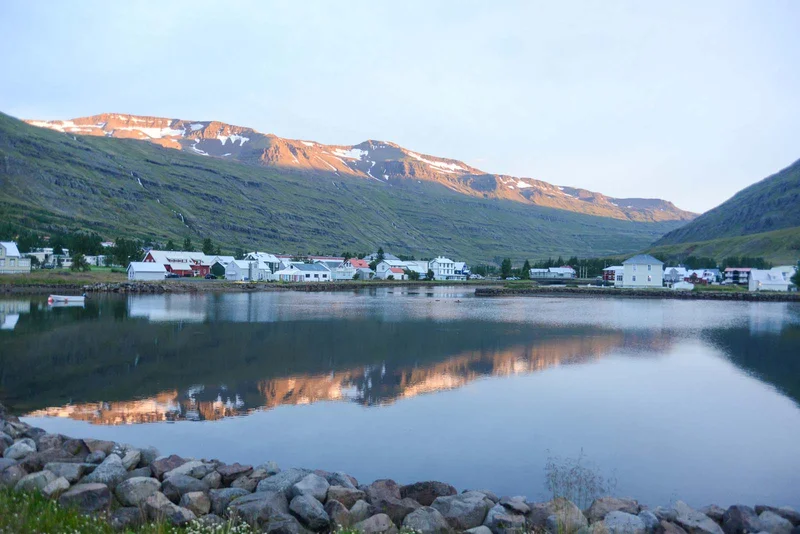
- Day 1 : Largest town, biggest island
- Day 2 : Sabine observatory and Raudfjorden
- Day 3-4 : Onward to East Greenland
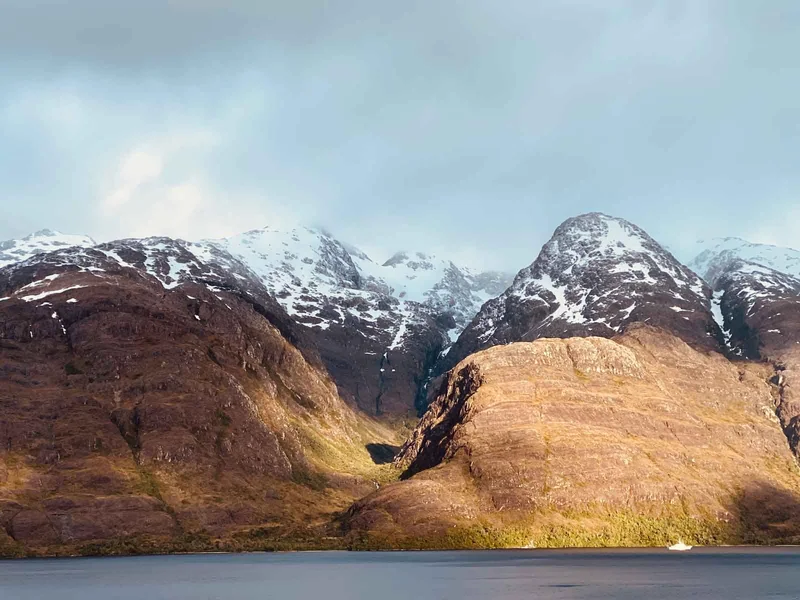
- Day 1 : On the Iceland road
- Day 2 : Sailing to East Greenland
- Day 3 : Arriving at Earth’s largest fjord
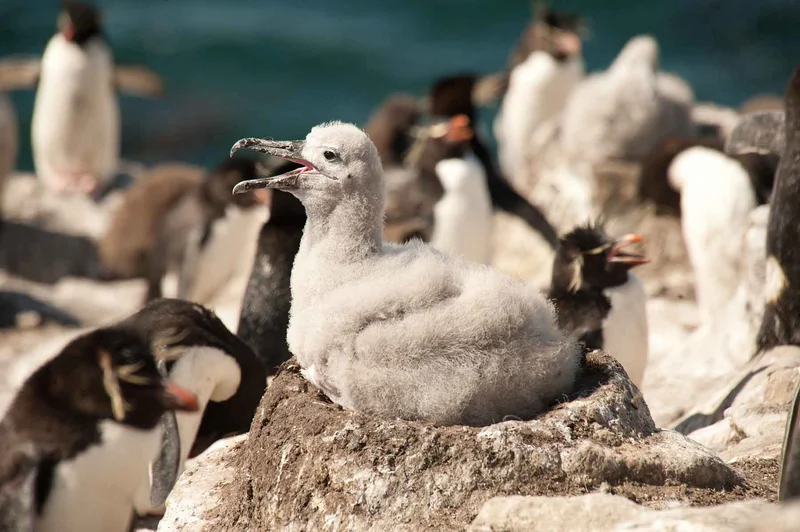
- Day 1 : Sandy Argentine beaches
- Day 2 – 3 : Sea life, sea birds
- Day 4 : Finding the Falklands
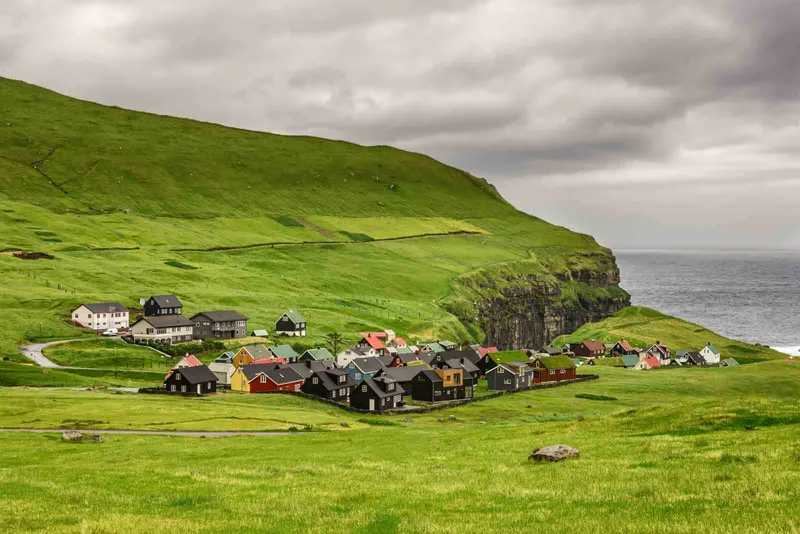
- Day 1 : End of the world, start of a journey
- Day 2-3 : Path of the polar explorers
- Day 4-10 : Entering the Weddell Sea

- Day 1 : End of the world, start of a journey
- Day 2 - 3 : Path of the polar explorers
- Day 4 -5 : Exploring the Weddell Sea

- Day 1 : End of the world, start of a journey
- Day 2 – 3 : Path of the polar explorers
- Day 4 – 8 : Entering Antarctica
